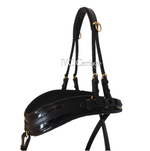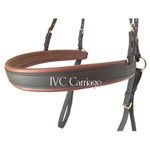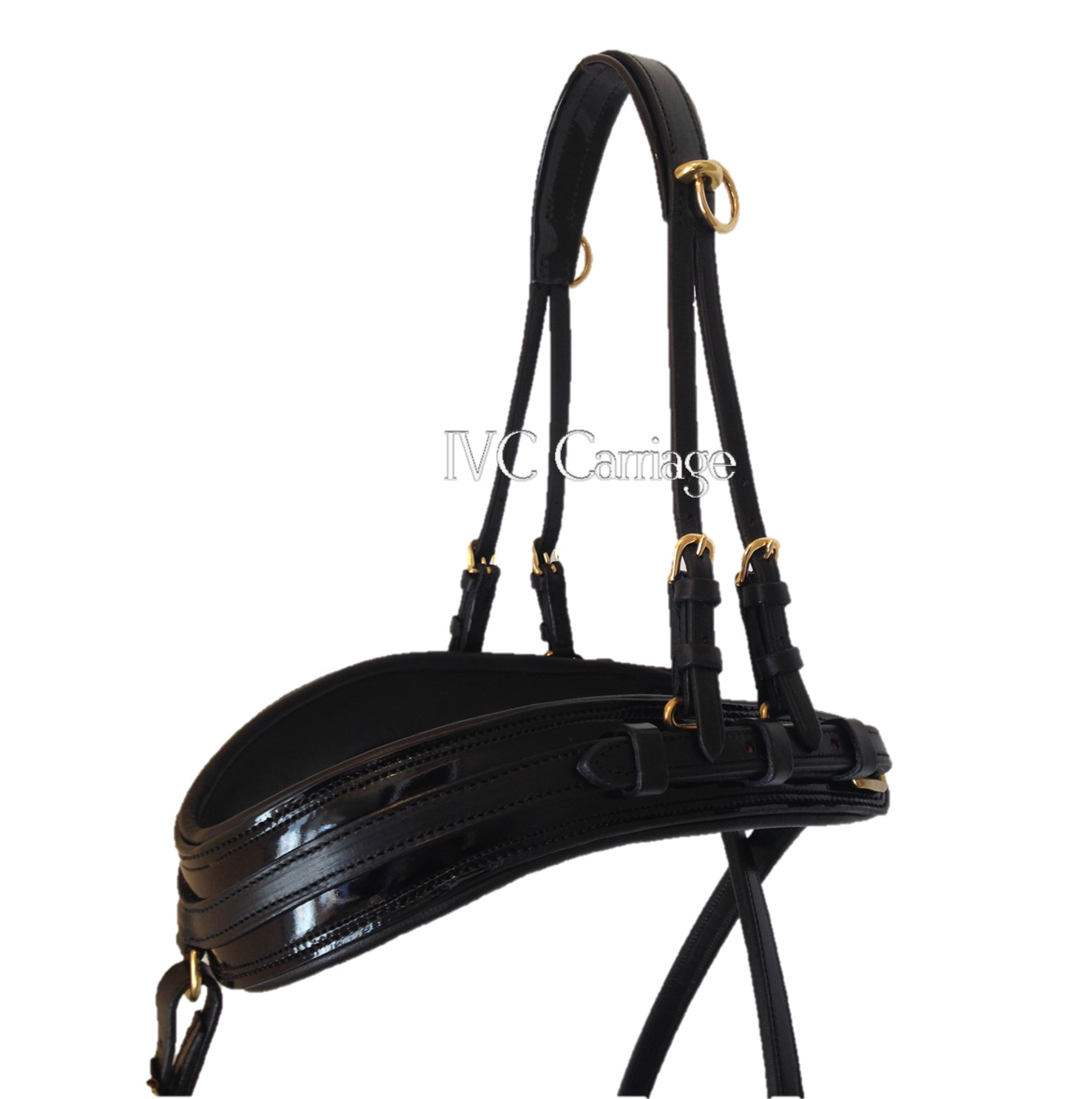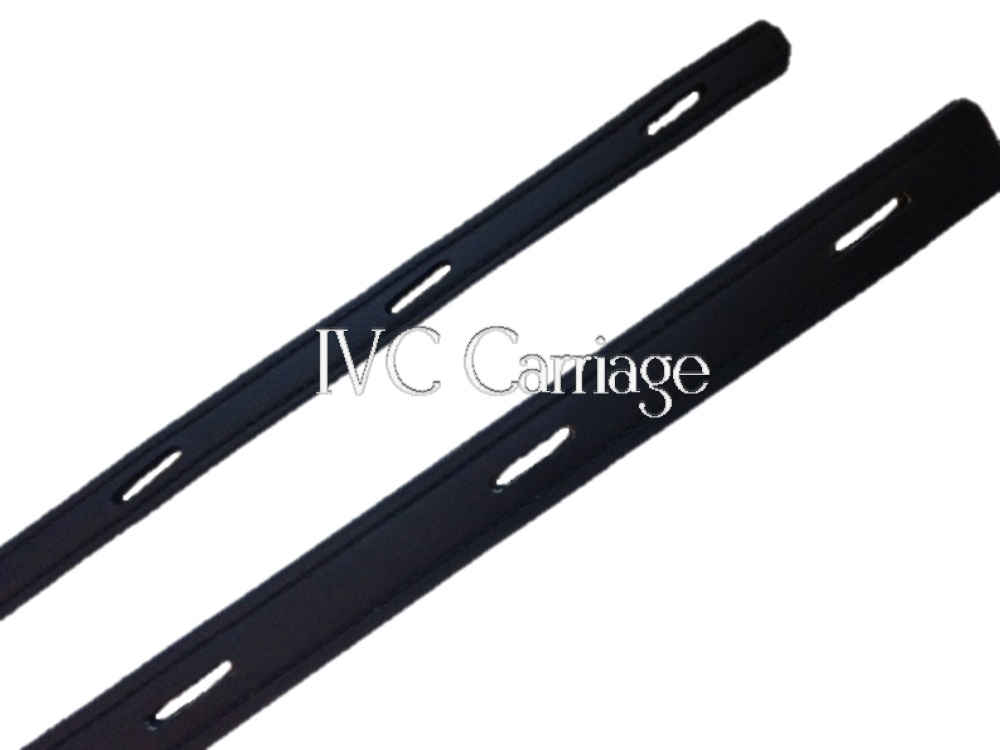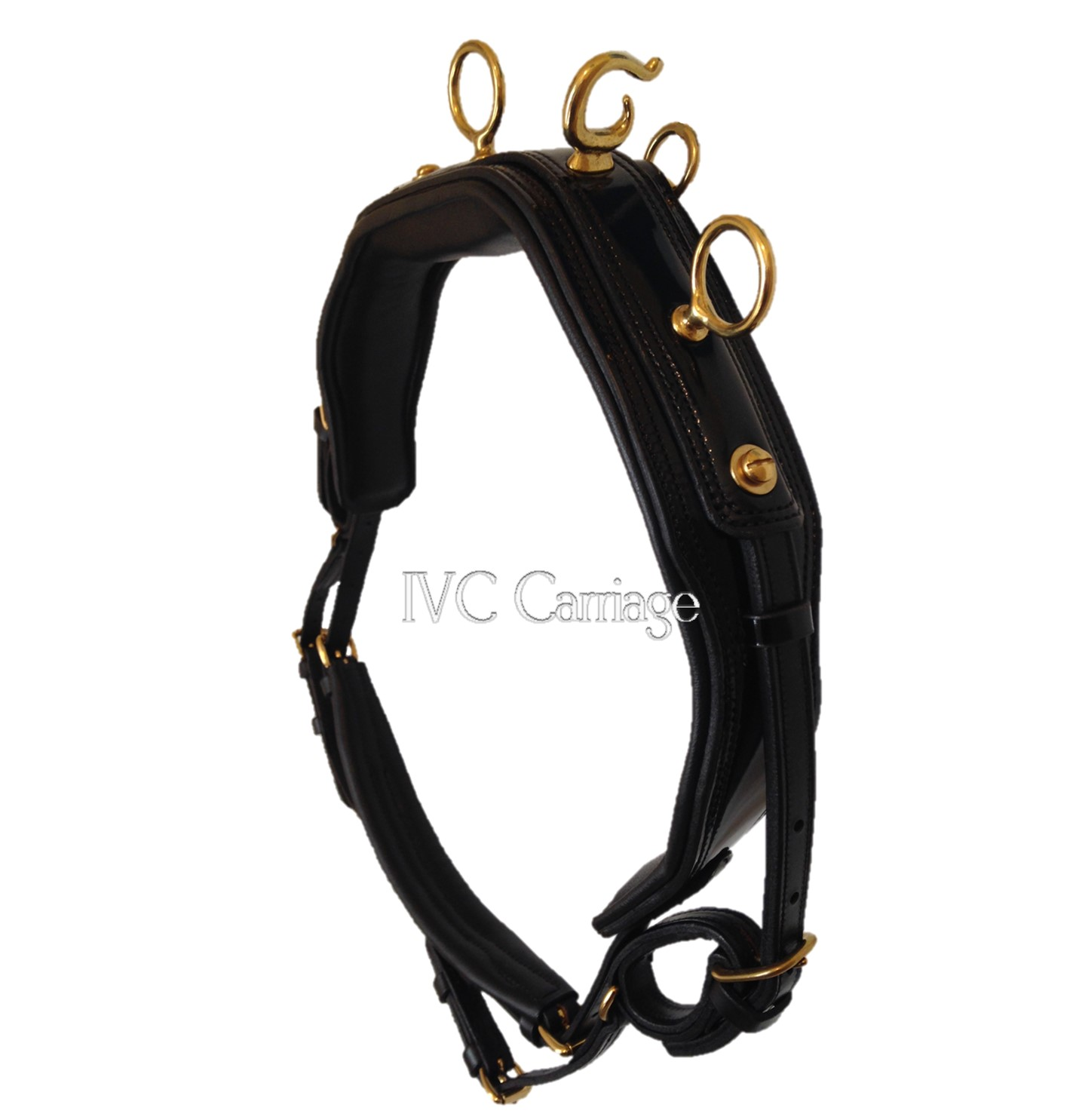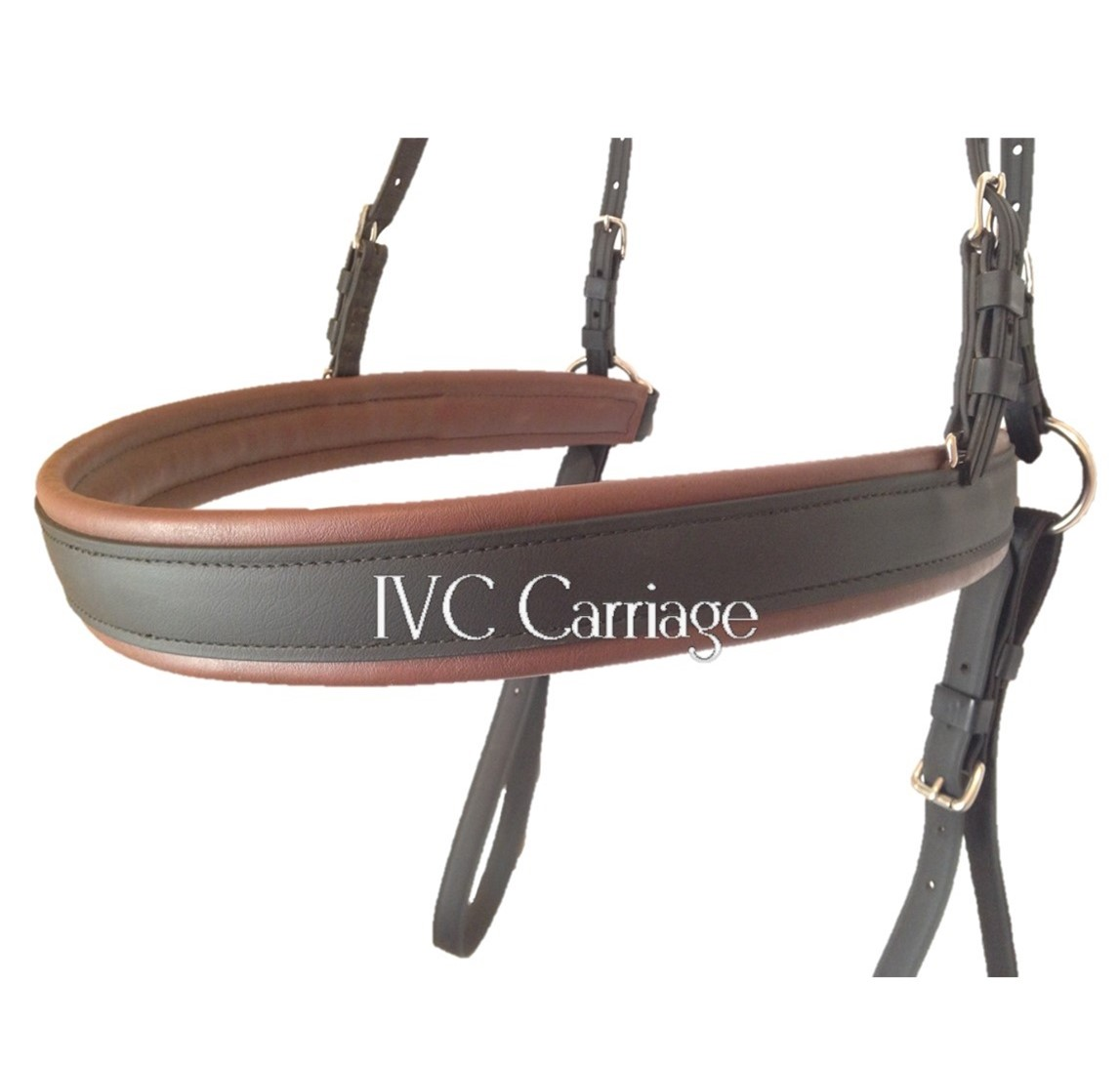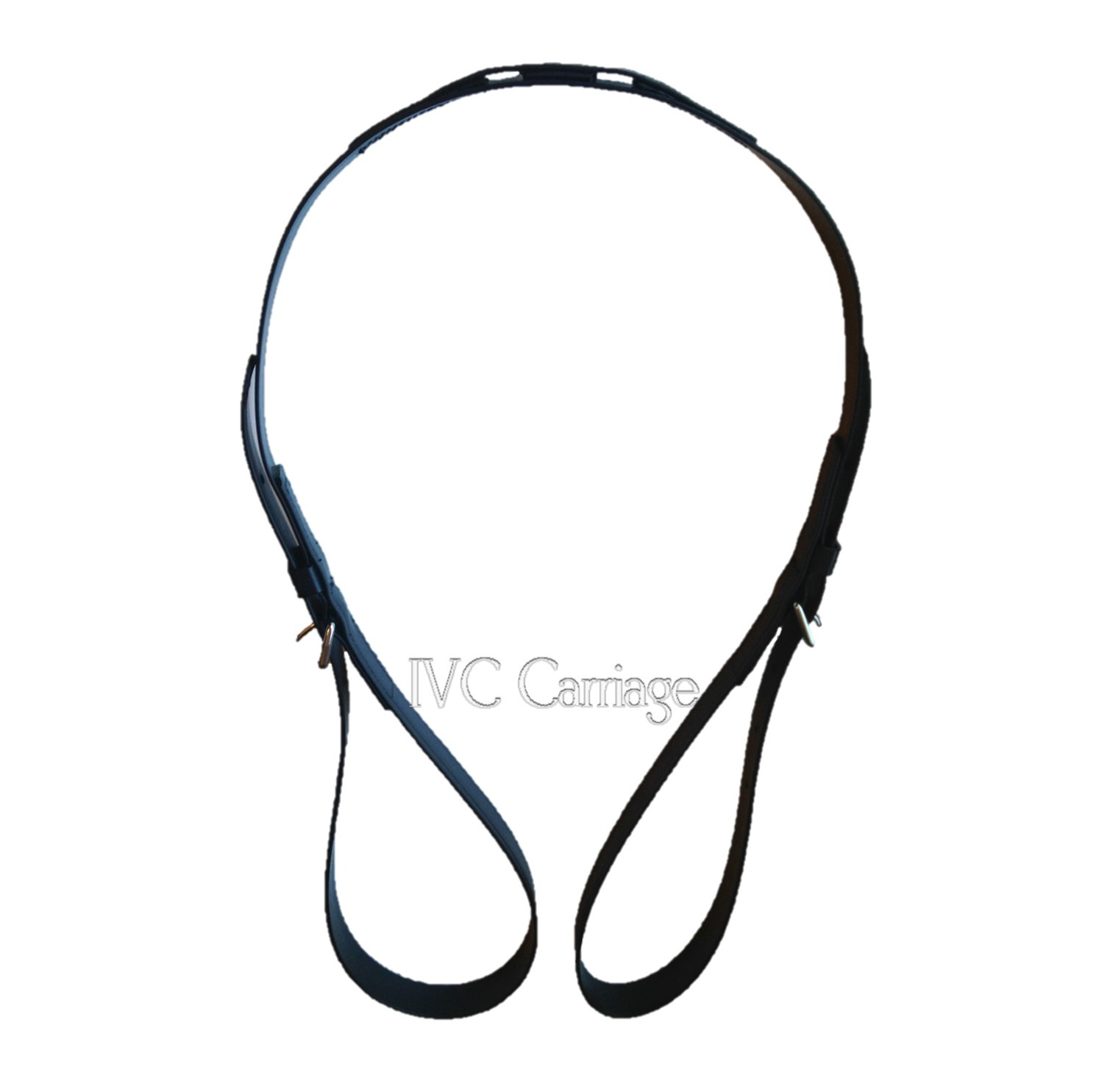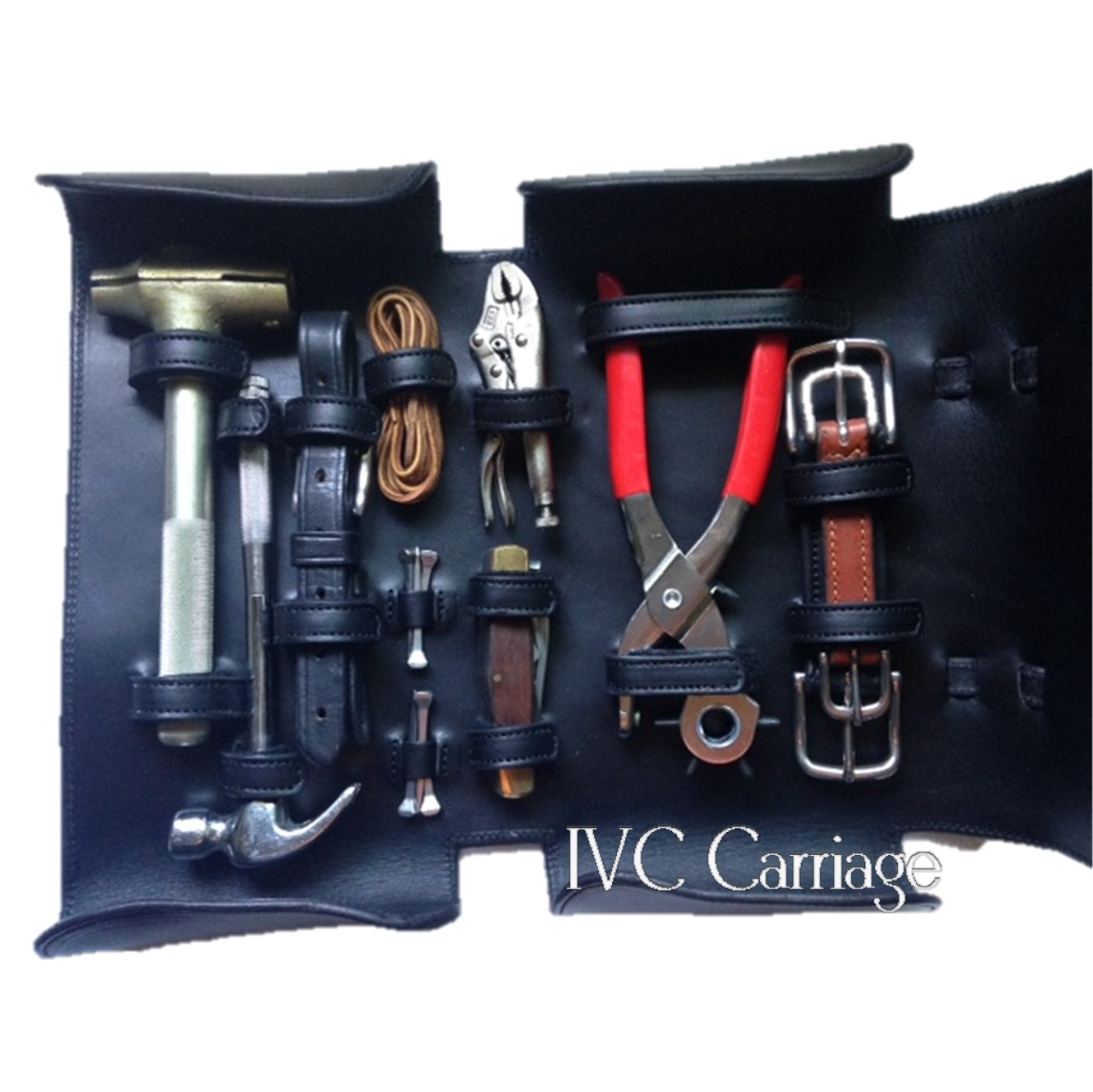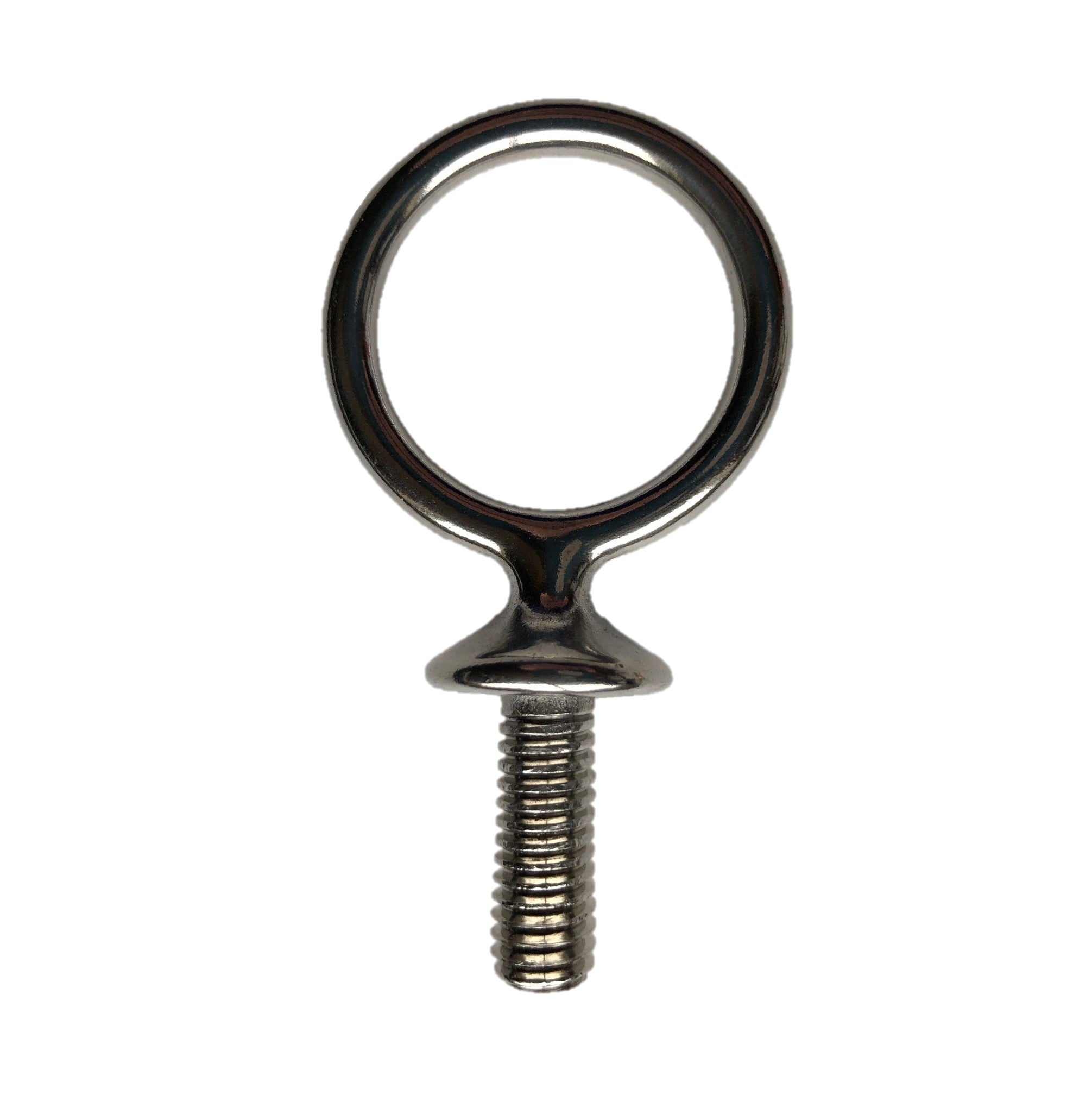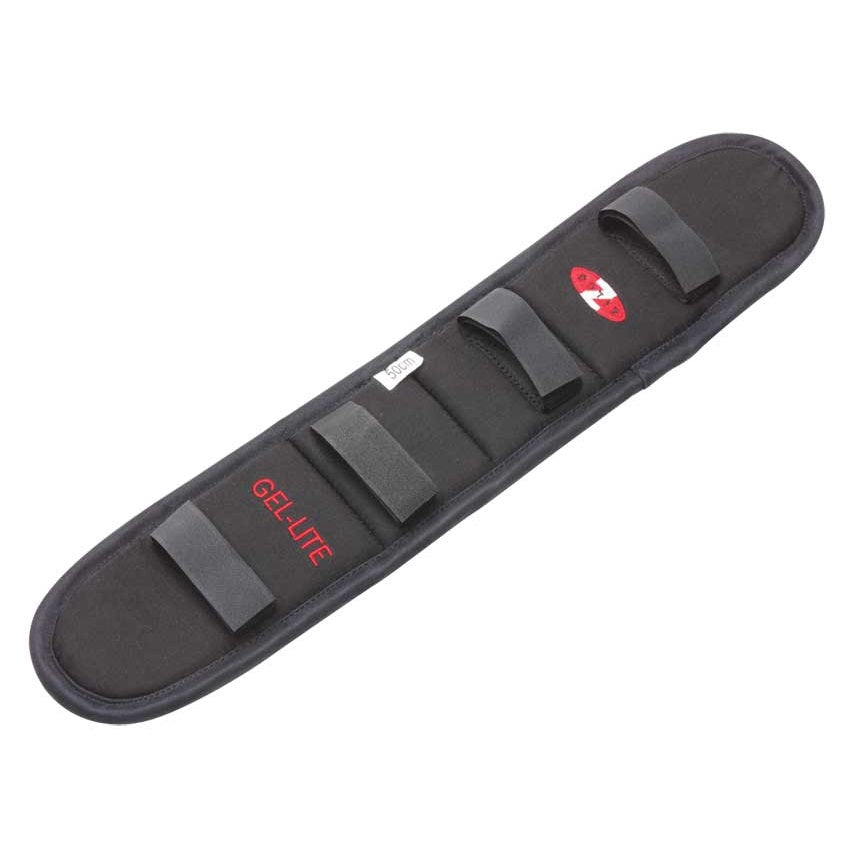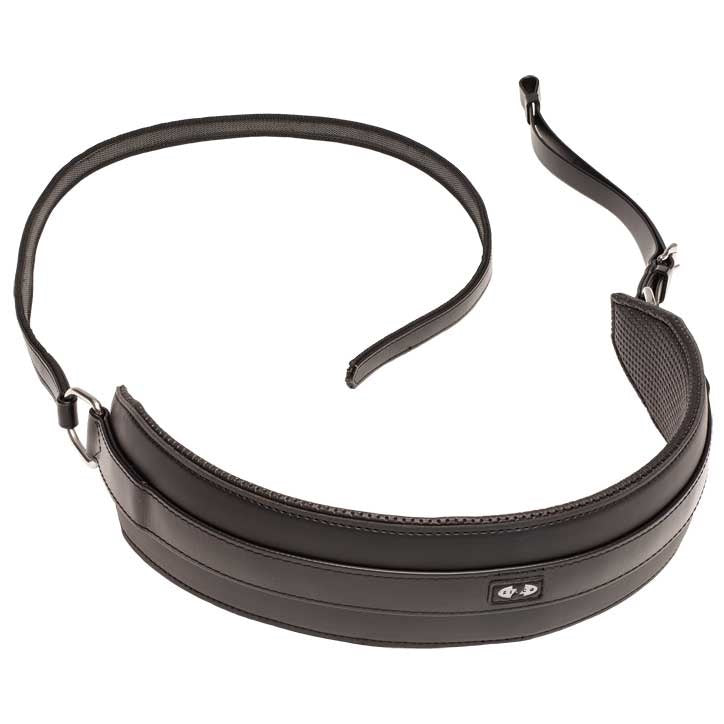Menu

Why Do We Stay on the Box?
Recently, there was a discussion on a Facebook group about a call that was made at a breed show in a horse driving class. The call was for the drivers to get out of their carts and hold their horses from the ground. When the carriage drivers found out about this call, they were mortified…to put it lightly. This call is the equivalent of asking riders to dismount. Now, it is true that many riders do not know how to mount and dismount correctly, and in some classes, judges ask for this call to see who can do it. However, the correct call for a horse driver is to stay in the vehicle unless he is hitching or unhitching. There is almost no other time that the driver should not be on the box seat of the carriage. It just isn’t safe.
People think that because it might be safer to dismount a riding horse, especially one that is acting up, that it should be the equivalent with driving. That’s just not the case. We always have to consider the “what ifs” when driving our horses to determine best practices. So, what if the horse becomes loose from the rider or driver? A riding horse is not hooked to a vehicle. When a riding horse is being held from the ground by the lead rope or reins, he can still swing his rear around the handler on the ground. As long as the handler can hold the horse’s head, the horse is limited in his movement forward. If the riding horse becomes loose, yes, he can cause havoc and run into things, but he is still just a loose horse.
The problem is that a driving horse is hooked to a vehicle. A driving horse knows that he can’t swing his rear with it in between the shafts, so he will try everything in his power to go forward or back. With the blinders on the bridle, the horse rarely chooses to go back, because he can’t see where he is going. Therefore, the vast majority of time, he lurches forward, and when scared, he does that often violently. The handler on the ground holding the head will more than likely be ran over by the horse, slammed or impaled by the shaft in the leg or the ribs (depending on the height of the horse), and bumped or ran over by the vehicle before the horse becomes fully loose, dragging the vehicle with him.
Once that horse is loose with the vehicle, it isn’t just an inconvenience of a loose horse…it is an emergency! I’ve seen loose, hitched horses run back to the barn, destroying vehicles into splinters when they bounced off trees, gates, walls, and fences. I’ve seen mangled automobiles that carriages hit as hitched horses careened by. I’ve seen tangled harness and reins wrapped around horses’ legs. I’ve seen damaged horse legs from the carriage banging into them. Unfortunately, I even know of dead horses from events as such! Fortunately, I personally don’t know of any dead people as a result of loose hitched horses, but I do know of quite a few who were put in the Intensive Care Unit for major injuries resulting from accidents. This is why experienced carriage drivers, who have selected driving as their chosen equestrian sport, are very adamant that drivers stay on the carriage with reins and whip in hand! It is drilled into them by their instructors, trainers, show management, show officials, and anyone else experienced with carriage driving. You are more likely to get the horse stopped with a driver on the box seat than a person holding the horse from the ground. It is proven over and over again. It’s actually written in the rulebook for both ADS and USEF carriage driving classes and shows!
Quite a few years ago, we were at one of our first carriage shows and both my sister and I were driving. I wanted to watch her cones class, so I got out of my cart and had my husband head my horse (an Arab cross). Eventually, the Technical Delegate strolled over and requested that one of us get in the cart, and to not rely on a header on the ground. I complied, but clarified that I was just watching my sister. He nicely stated that he knew what I was doing, but also explained why we should always stay in the vehicle. He used it as an educational opportunity. I didn’t know before that moment that relying on only a header was a bad thing. When an official talks to you about it, you remember it! (Read more about that incident here.)
Many people just starting out in the driving sport or who don’t drive often don’t know, either. Even officials, both technical and judging officials, at shows other than carriage shows don’t know the potential consequences of getting out of the vehicle and holding or leading a horse from the ground. You often see the practice at breed shows and open shows as I indicated in the first paragraph. A few years ago, I was a Technical Delegate for a local county fair. The rules made by the association board required that for safety’s sake, riders were to dismount before they left the arena, and lead their horses out. They applied this rule to the drivers as well…until I explained why that was a terrible idea using some examples and stories. The rule got changed. Driving horses are NOT the same as riding horses!
At another county fair, one of our students had put her horse to the cart at our trailer and was driving the horse up to the arena. Another parent came running over and told us that she had to get out of the cart; that she couldn’t “mount” the horse until she was in the warm-up arena. When we complied somewhat reluctantly and had her get out of the cart, the other parent said that she could lead the hitched horse up to the arena. There was no way on God’s green earth that we were going to do that. It went against everything we stood for in regard to accepted safety practices of carriage driving! We unhitched the horse right there, led him to the arena while we pulled the cart, and put him back in the cart one minute later when we were in the arena. Then we unhitched him again before we left the arena after the class. Again, rules applied to riding horses for safety’s sake are not necessarily applicable to driving horses! You don’t hold or lead a hitched horse without a driver on the box!
I know that it is typical for drivers at mini breed shows to warm up hitched horses by ground driving them before they get in the cart. Again, this is just an accident waiting to happen. When the driver is on the box seat, the driver is moving at the same rate as the horse. If the horse spooks or bolts, the driver has more time and ability to get the horse stopped before something more major happens. If the horse pulls away from the ground driver, that horse is loose with the cart and the reins dragging behind!
In a similar vein, I’ve seen photos of people giving rides to other people in a cart while someone leads the horse around. While it is usually a “cute” photo, it takes everything in my power not to have a meltdown! Again, I know what can happen. I’ve seen it happen. I think about the potential of some little kid getting hurt when that pony takes off with him in the cart and the header dragging behind before she can’t hang on anymore.
Cart and carriage accidents are just so much more complicated and violent than riding accidents. We need to do everything in our power to make the best choices for best practices. This may mean that we need to strongly, but tactfully, educate new drivers and those making rules for shows and events to understand the ramifications of why we need to be on the box seat of the cart or carriage at all times when the horse is fully put to. (Read more here.) Carriage drivers really aren’t trying to make it inconvenient for people to drive their horses, or to dictate carriage driving rules to other organizations. However, when you know the consequences of those actions because of your extensive familiarity of the sport, you feel it your duty to explain the meaning and the spirit behind the best practice…to stay in the vehicle.
- Choosing a selection results in a full page refresh.




